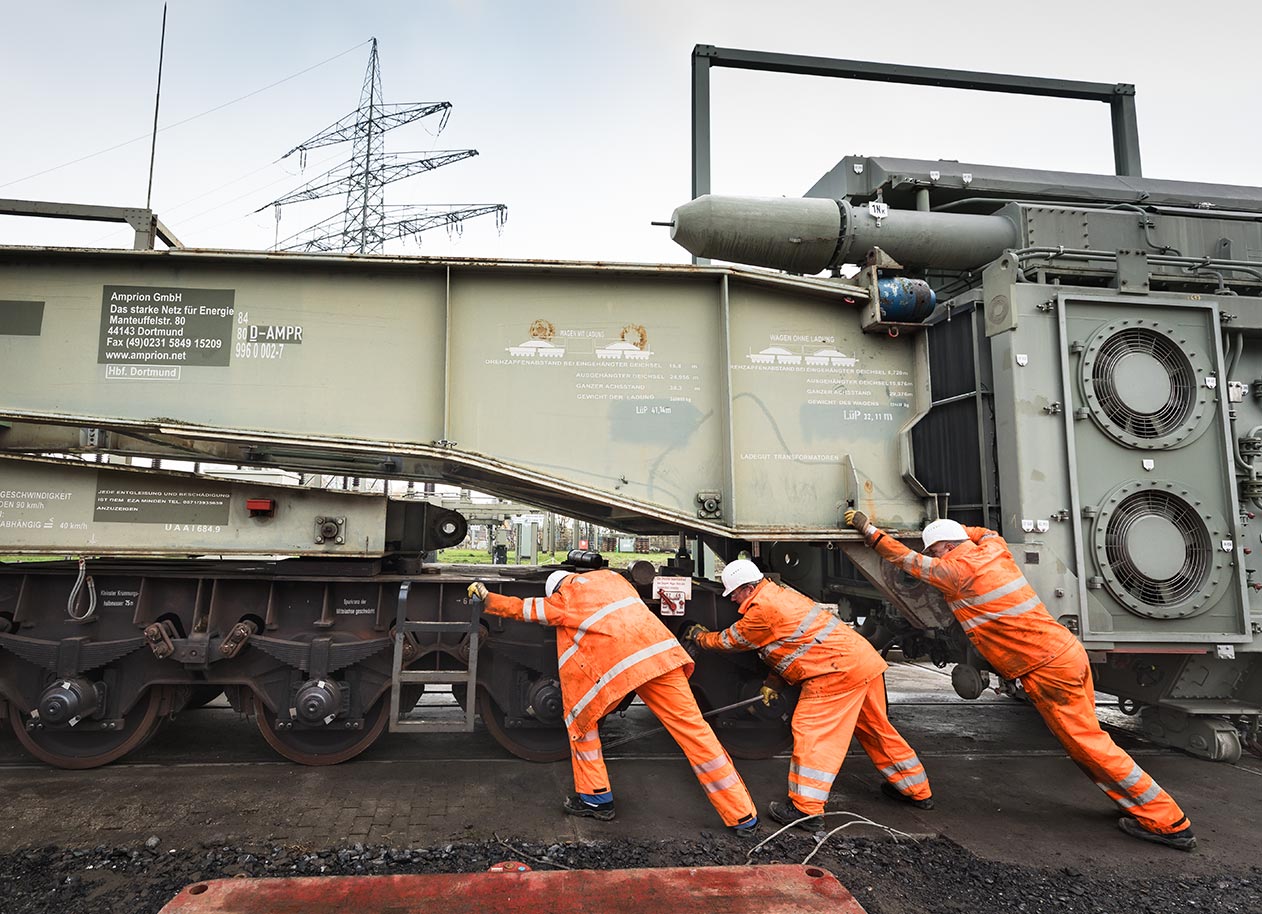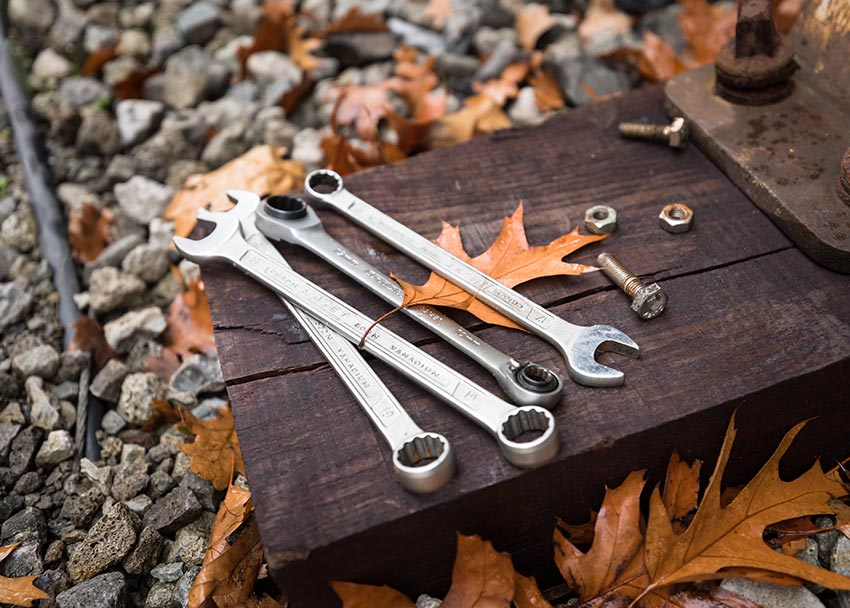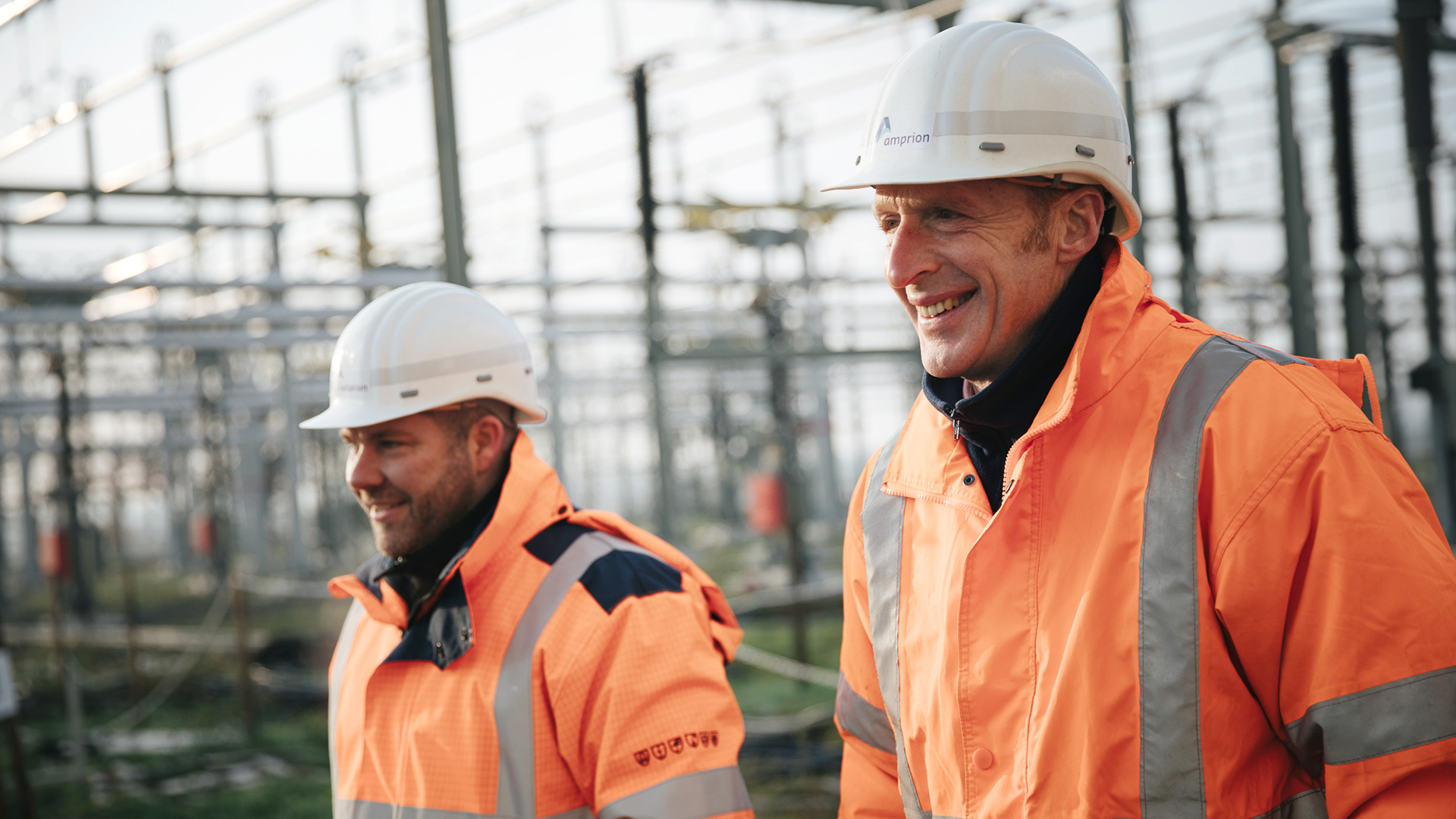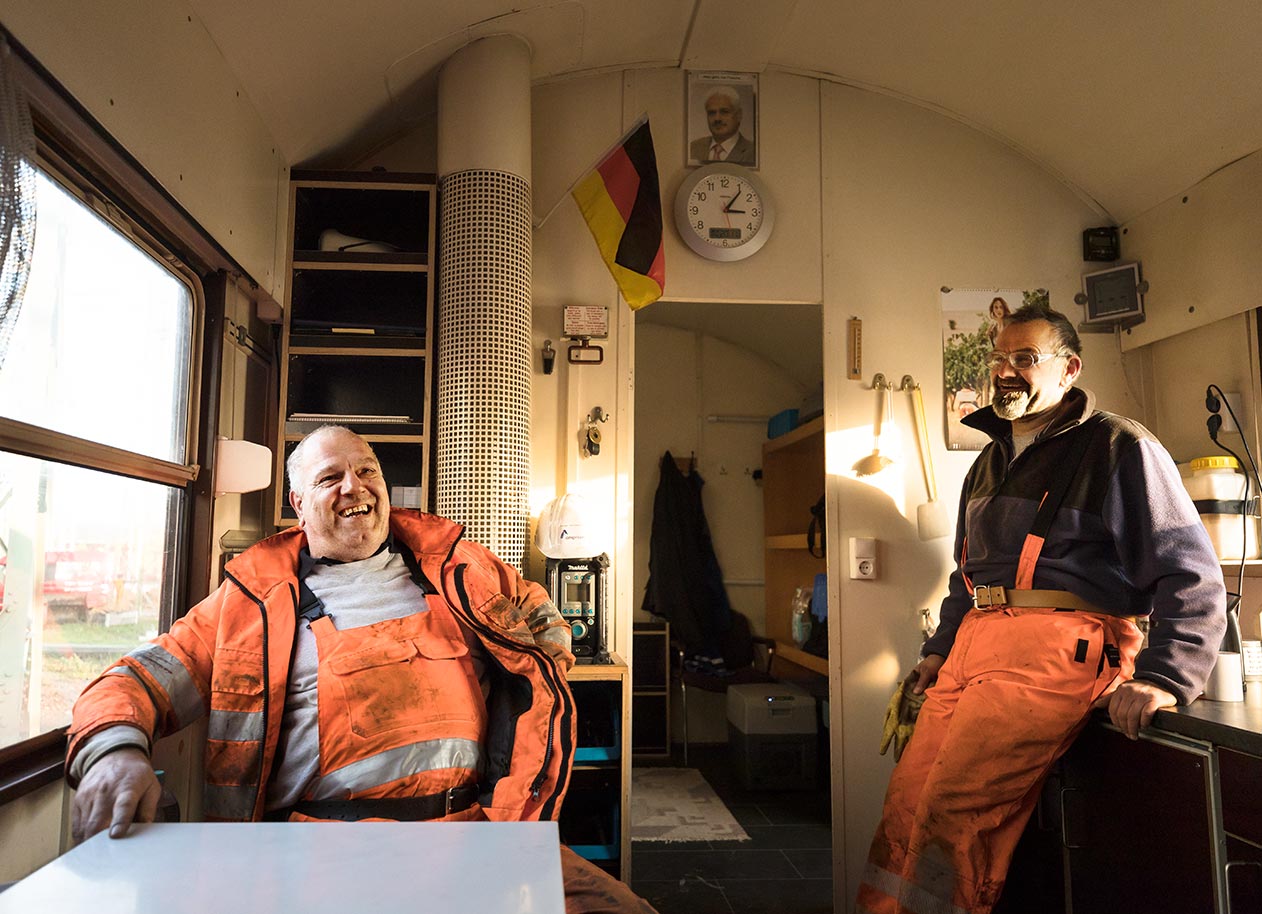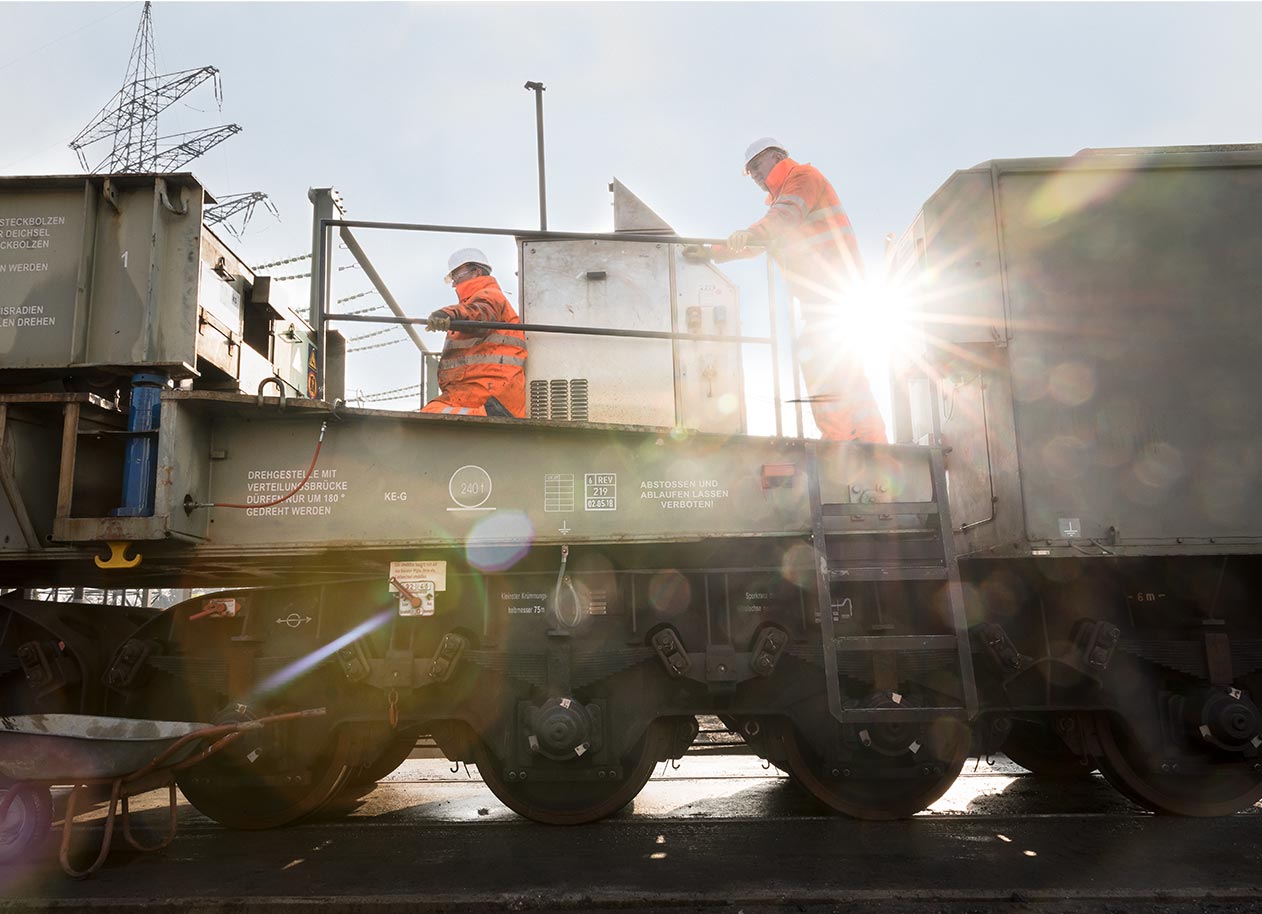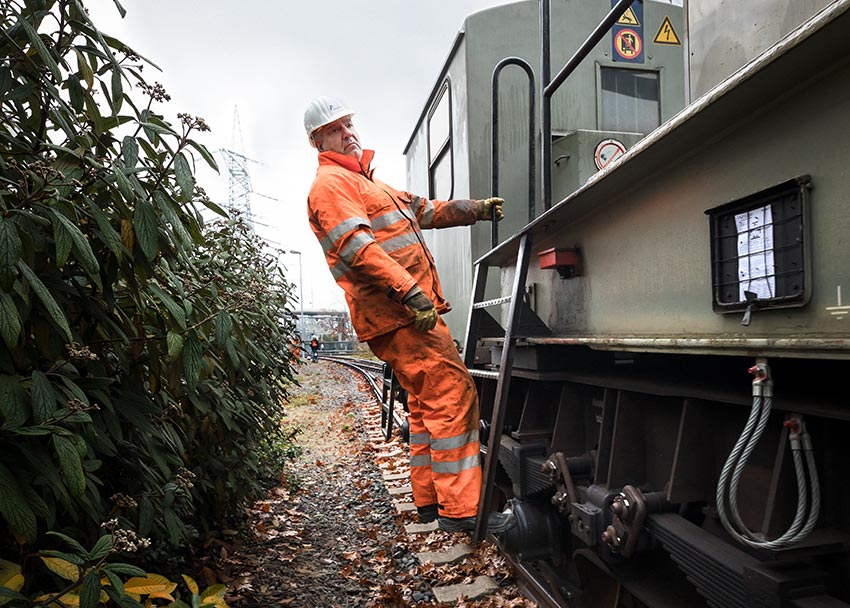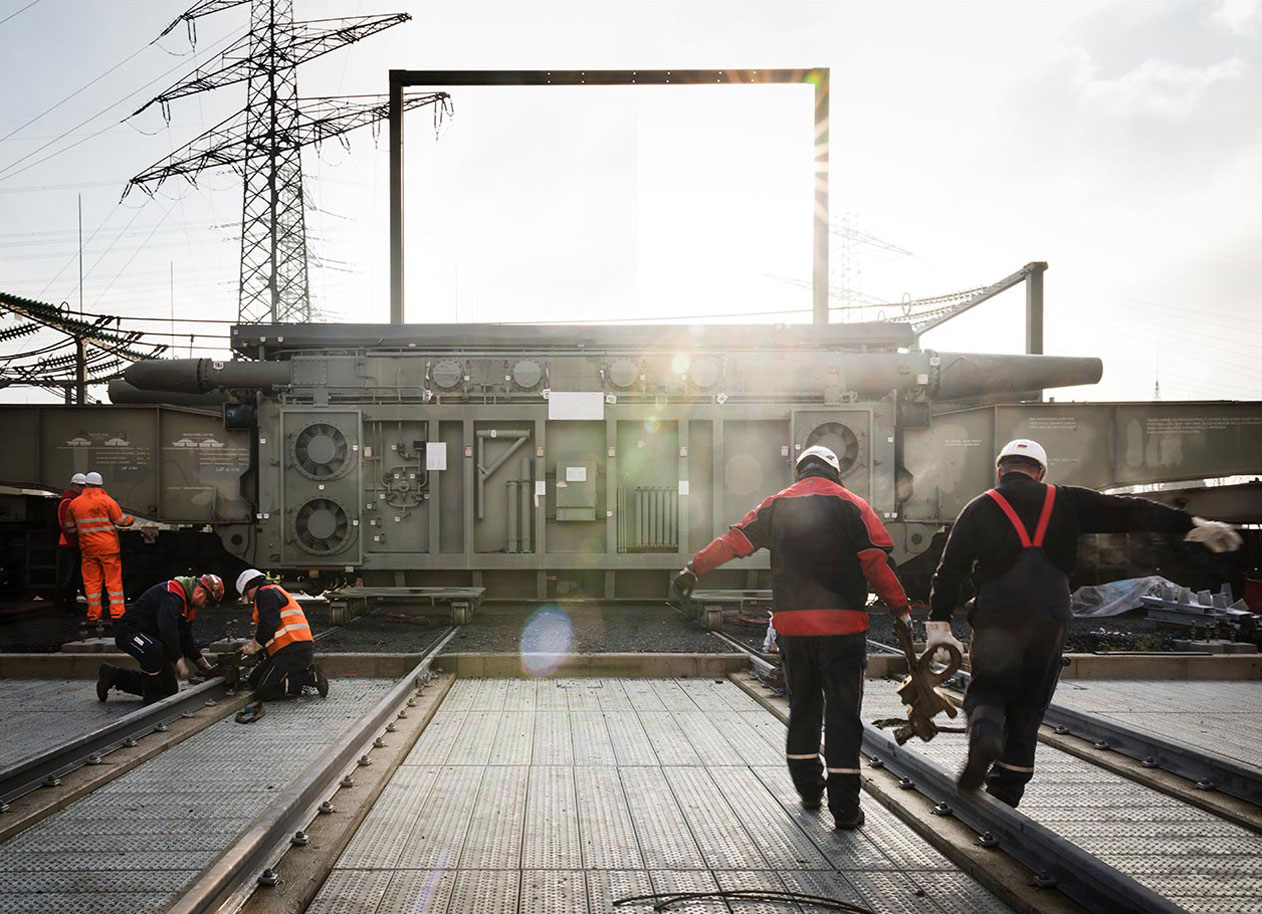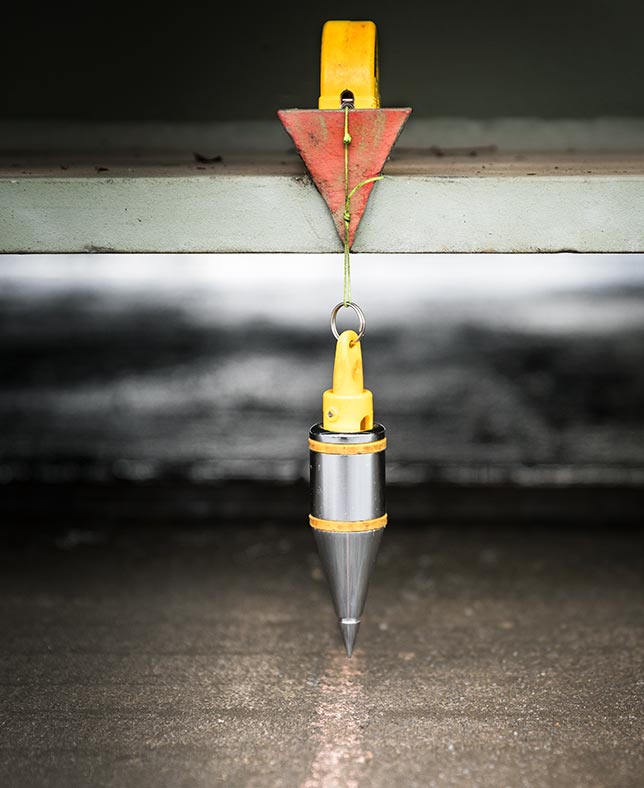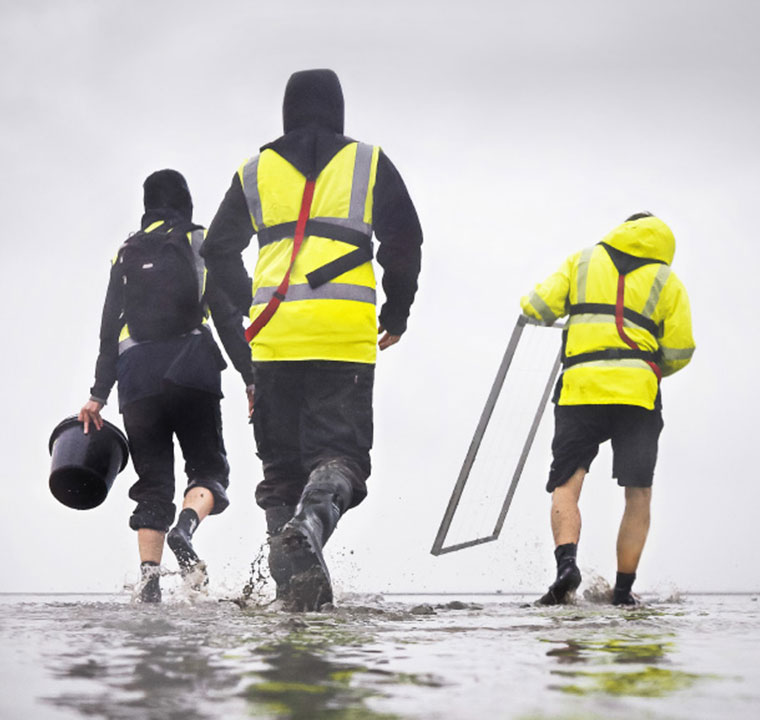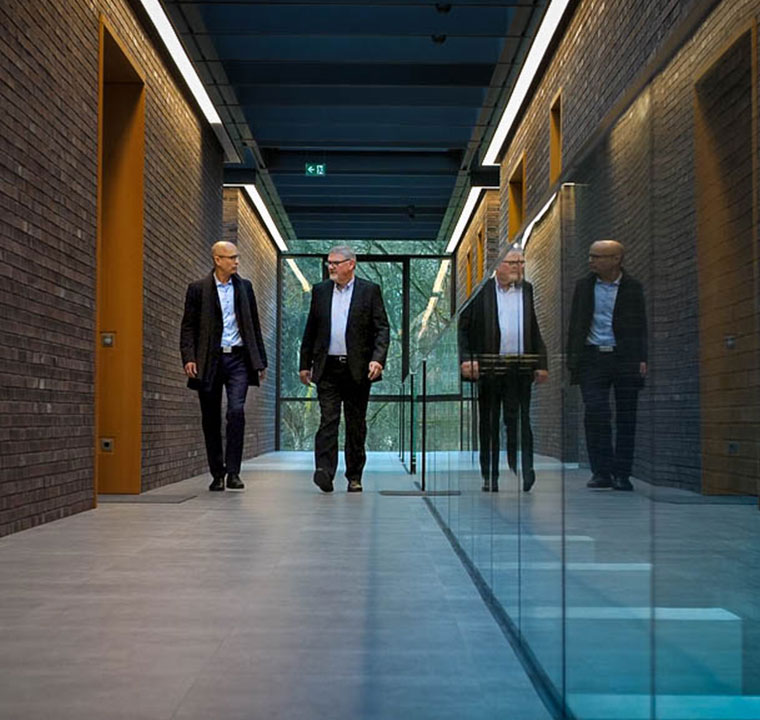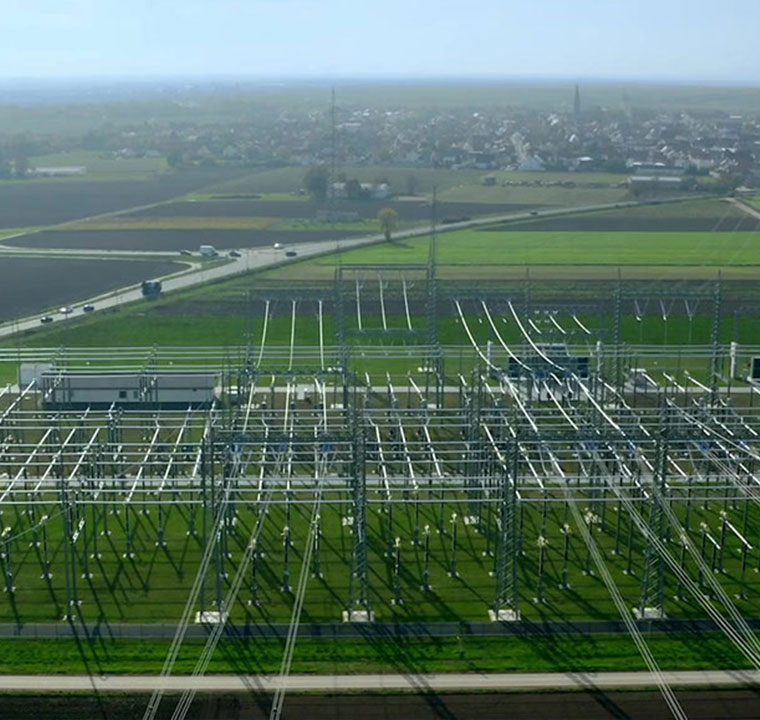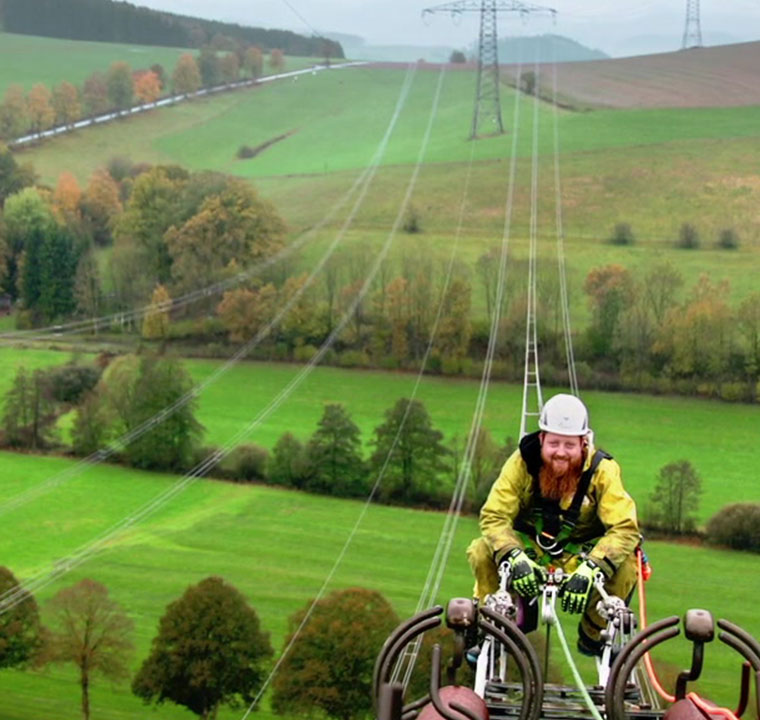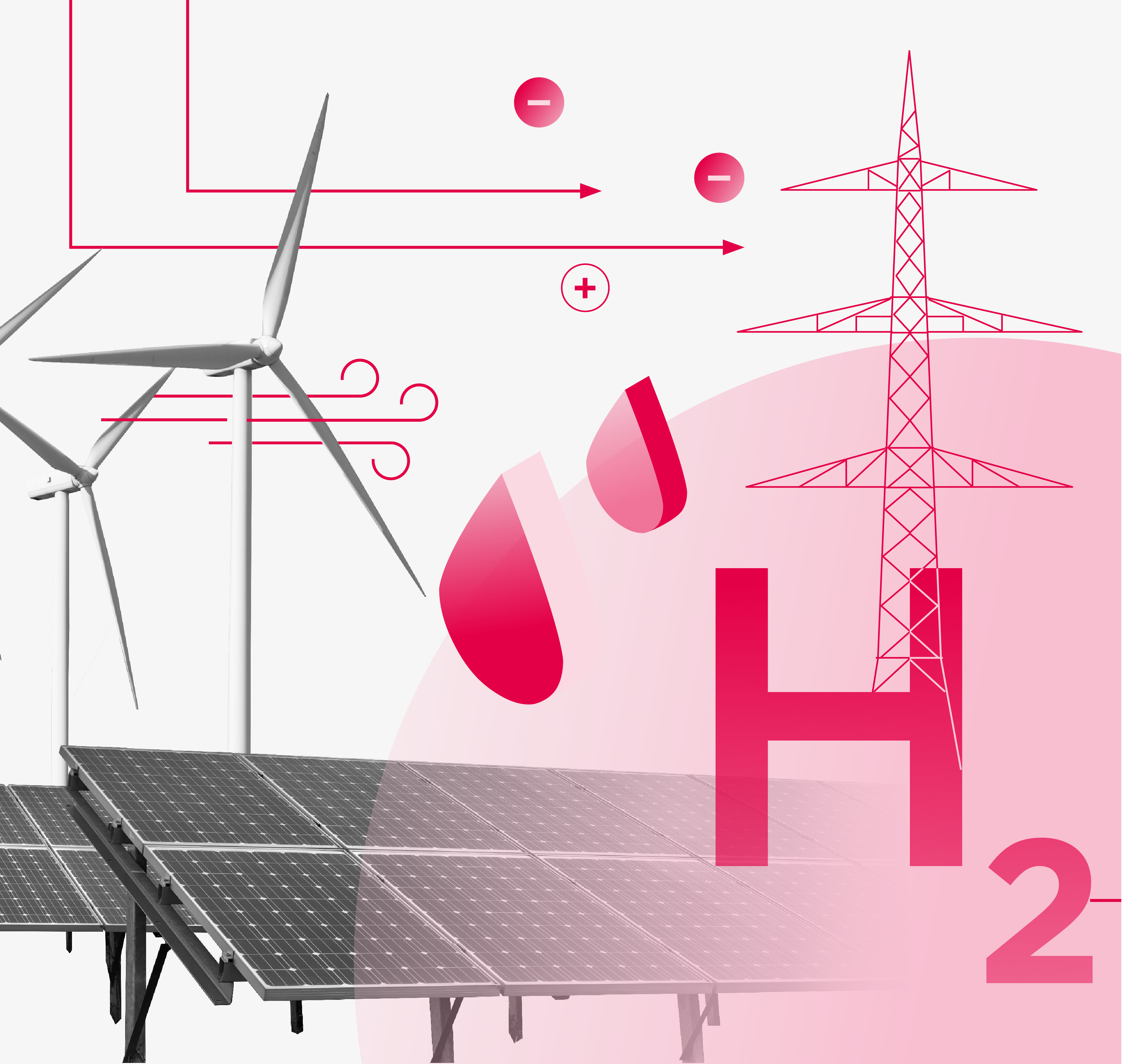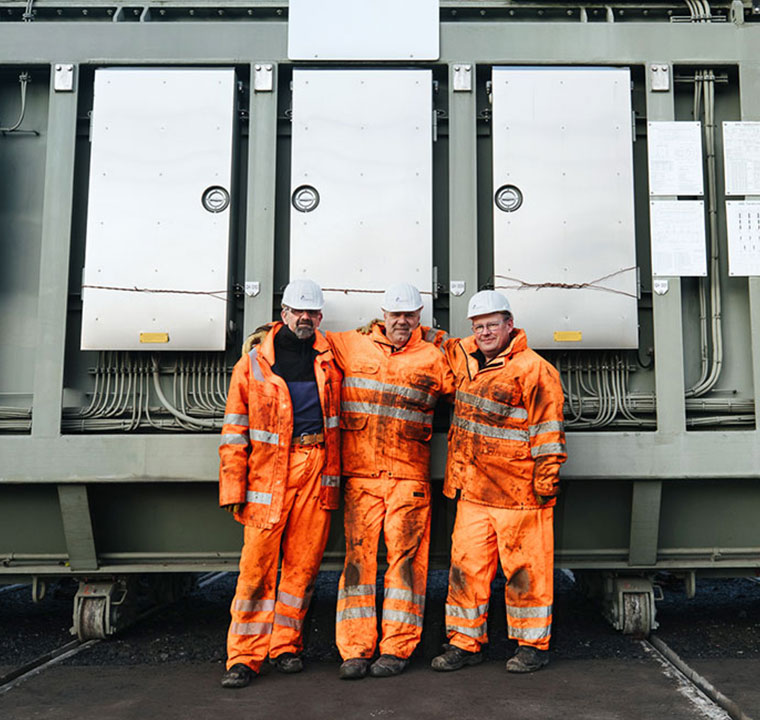It’s a DIY job if the heating packs in
When out on assignment, the men are for the most part on their own. For instance, a few years ago during the winter, the heater unit of the accommodation carriage packed in. “I was lying under the carriage for hours,” Kramer remembers. Early next morning, he had finally fixed it.
Sometimes, the Amprion transformer team receives some unexpected help. Like at the marshalling yard Cologne-Kalk North, where, after several turning manoeuvres, the train was standing the wrong way round. Kramer described the problem to a Deutsche Bahn foreman who he happened to meet. Without further ado, the foreman alerted a shunting engine driver and a few hours later, the three men were able to continue their journey as planned.
Three guys cooped up together for weeks on end – how well does that work out? Jörg Kramer ponders briefly over that one. “Sometimes we have to sit down over a beer and talk things over.” They rarely leave the train. “There’s always a risk of thieves coming,” says Frank Bierwagen. This evening, too, while parked at Duisburg-Walsum train station, the men remain in their carriage after dinner, chatting, with the TV on in the background. A typical evening out on assignment. Anyhow, at least they won’t have to live in their 1960s carriage for much longer. Since the number of transport assignments is increasing and the transformers are getting heavier and heavier, Amprion has ordered a new heavy-duty Schnabel wagon and a new accommodation carriage as well. This new Schnabel wagon can carry transformers weighing up to 500 tonnes, and the living quarters will also offer significantly greater comfort.
The next morning, they set off on the final section of this latest transformer transport assignment. The diesel locomotive sounds its horn, while the engine roars into life. Slowly the locomotive pulls the train out of the station, through the neighbouring coal-fired power station and into Amprion’s transformer station. At a railway crossing, Jörg Kramer, Olaf Häberle and Frank Bierwagen have to raise the transformer using hydraulic equipment, so that it does not touch the ground. They also temporarily remove a switch point lantern, because it is too close to the track. Routine procedures.

